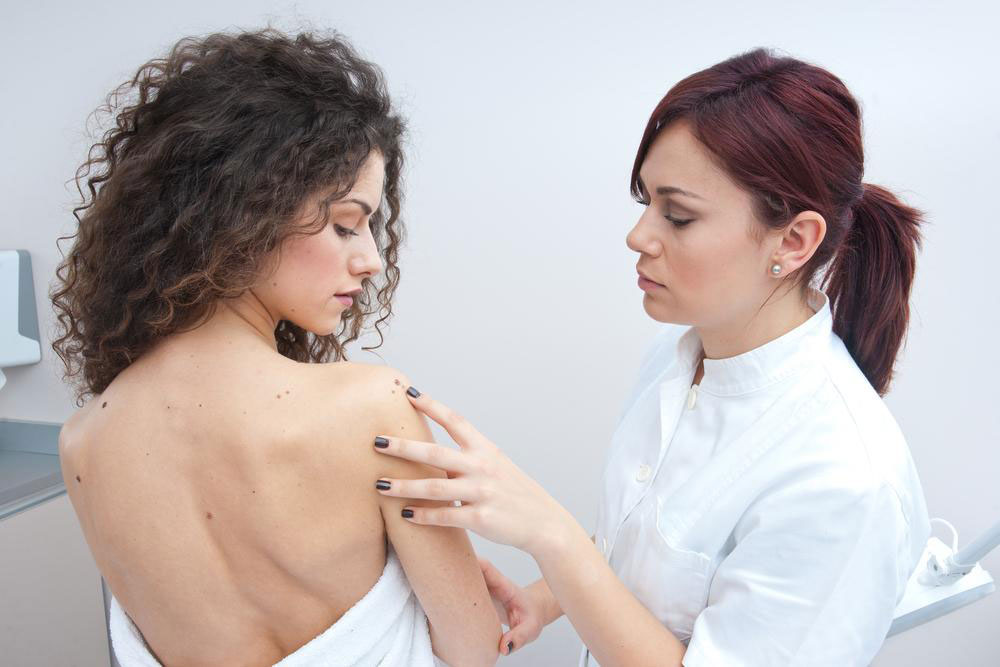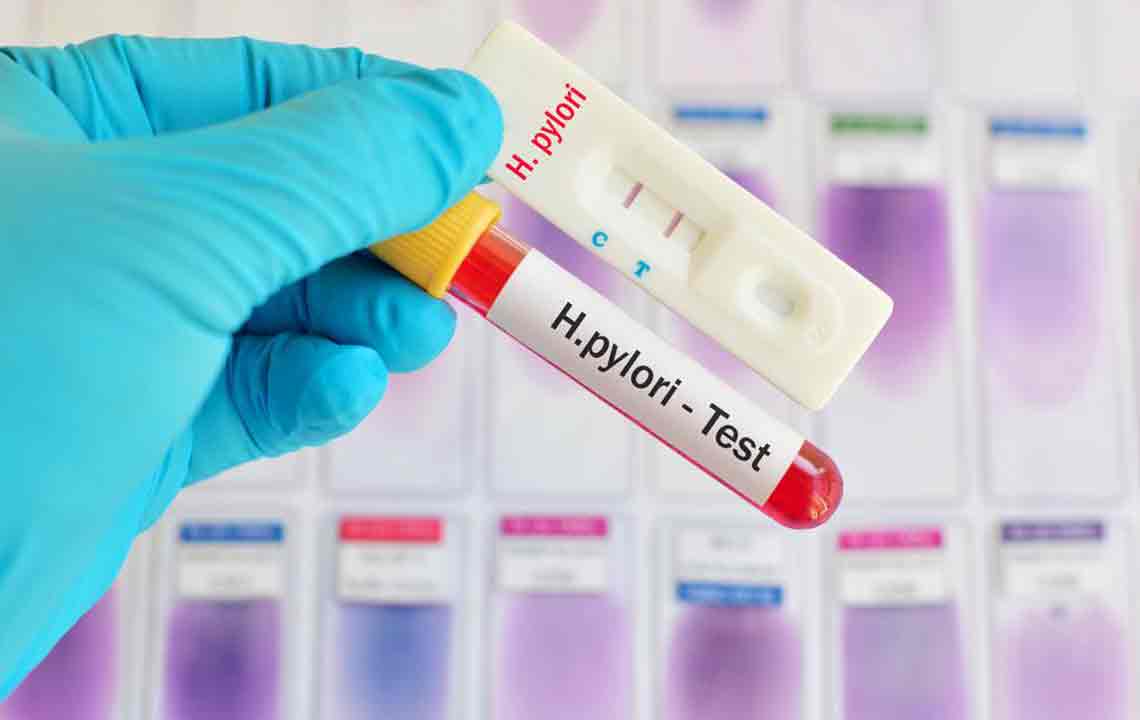Understanding Bacterial Skin Infections: Types and Remedies
Learn about the various types of skin infections, including bacterial, viral, fungal, and parasitic. Discover effective treatment options and when to seek medical help to manage skin infections effectively and safely.

The skin is the largest organ of the human body, acting as a protective barrier against infections. However, it can itself become infected due to various causes. The symptoms range from mild irritation to severe conditions. Mild cases often respond well to over-the-counter treatments or home remedies, while serious infections require professional medical intervention.
There are four main categories of skin infections, each with distinct characteristics:
Bacterial Infections: Often start as small red bumps that increase in size. Mild cases can be treated with topical antibiotics, whereas severe infections may need oral antibiotics.
Viral Infections: Caused by viruses, these can vary from mild to severe and may require specific antiviral therapies.
Fungal Infections: Typically occur in damp areas like feet or armpits. While some are non-contagious and non-life-threatening, monitoring severity is essential.
Parasitic Infections: Result from parasites infecting the skin, potentially spreading to the blood or other organs.
Treatment hinges on the infection's severity. Mild cases often improve with self-care and OTC creams. Bacterial infections typically require antibiotics prescribed by a healthcare professional. Adjunct treatments like anti-inflammatory medications can help manage discomfort.
Home remedies include applying cold compresses and using antihistamines to reduce itching and inflammation. It's important to seek medical advice for persistent or severe infections to prevent complications.










